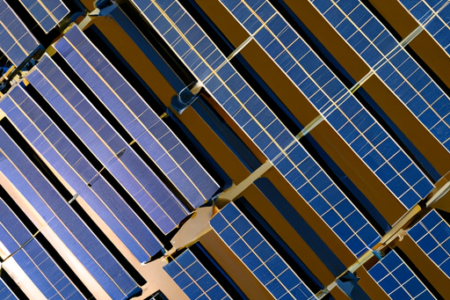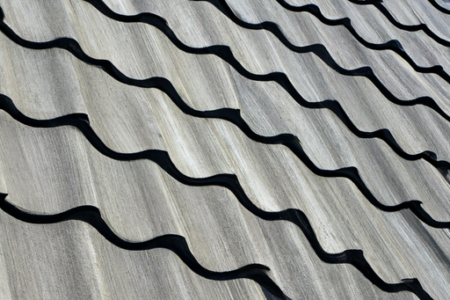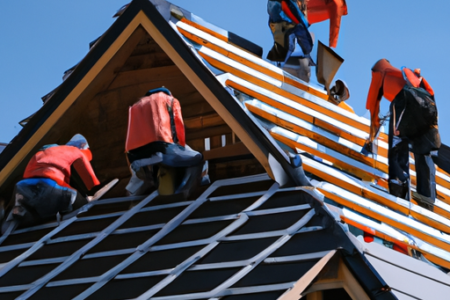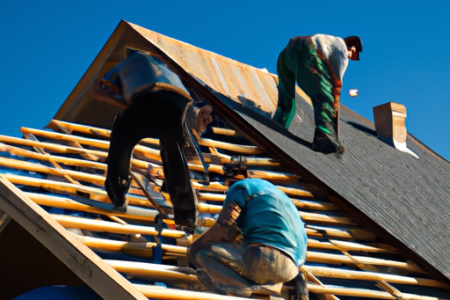Revolutionizing roof construction involves the use of advanced materials, such as solar roofing and self-healing materials, which offer superior performance, aesthetics, and sustainability. Green roofs, incorporating vegetation, provide environmental benefits and create outdoor spaces. Prefabrication and digital technologies have streamlined the construction process, reducing waste and improving precision. Additionally, there is a focus on sustainability, with the use of recycled materials and green building practices. These advancements are creating more sustainable, durable, and energy-efficient roofs, with endless possibilities for further improvement in the future.









